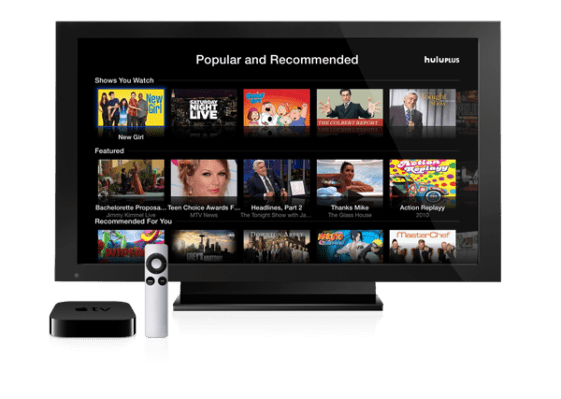Apple has added two major new content sources to Apple TV today, via HBO GO and WatchESPN integration. The new streaming services adds a considerable selection of content to the company’s streaming content device, bringing the HBO GO library to the platform, which offers HBO’s entire content library to cable subscribers who have the channel as part of their TV package.
WatchESPN likewise offers additional content, including live programming from the sports network, including major golf tournaments, Barclays Premier League, U.S. college sports, tennis and more, as well as recorded shows and access to ESPN cable channel content. Like HBO GO, it’s also available to existing subscribers who have the channel as part of their cable package.
Apple also added three new content partners, including Sky News, Crunchyroll and Qello to Apple TV at the same time. This brings some prime international content to the platform, from the UK, Ireland, Japan and other parts of Asia. Qello offers streaming of HD concerts, concert films and documentaries, a nice fit for Apple’s efforts with iTunes music sales via iTunes.
Speaking of iTunes, the company also announced that its users have managed to purchase content at a rate of over 800,000 TV shows per day (with over 1 billion total to date), and over 350,000 movies per day (topping 380 million since iTunes started selling them) at this stage, which is a staggering number when you consider the going rate for each isn’t exactly cheap. Apple is still clearly in no danger of being toppled from its perch as a digital media sales giant, in other words, and that’s likely why it’s welcoming more streaming partners to the Apple TV service.
Apple hasn’t yet opened up the Apple TV to outside developers, but it is slowly opening the gate for more and more content partners. It’s likely that the company wants to keep control over what appears on the set-top box, perhaps in deference to its existing studio and media partners, and also to ensure that viewers get a reliable, quality experience from whatever they try to view on Apple TV. Whether they’ll continue to stick with this staid approach, or open things up like they did with iOS on the iPhone, remains to be seen.
It’s worth noting that this content was previously available via AirPlay on iOS devices, allowing users to beam it to their Apple TVs that way, but removing a step and potential technical/device barrier is always a welcome move when it comes to ease of use.
